Pavement encroachment has re-emerged across the centre of Hanoi, with many streets turned into makeshift stalls or car parks and pedestrians forced into the carriageway.
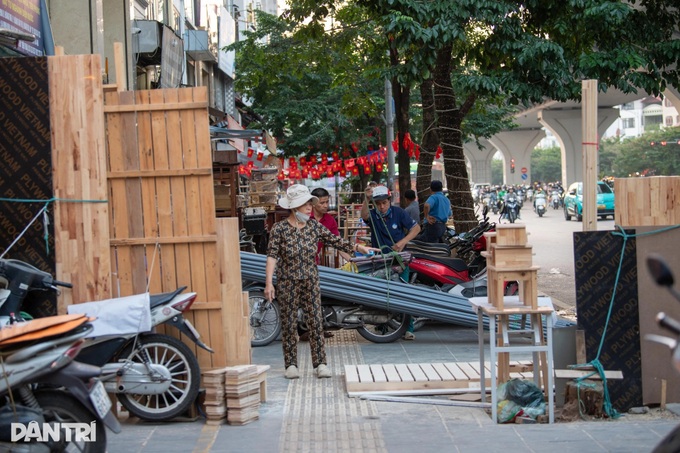
On Minh Khai Street, where pavements are four to five metres wide and lined with busy shops, furniture stores spill goods across the entire pavement, leaving no room for pedestrians.
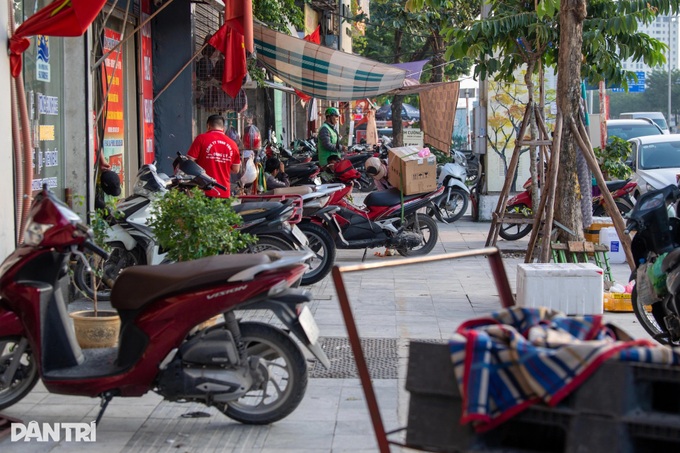
Similar scenes appear on Giai Phong Street, where wide pavements are crowded with motorbikes and merchandise, blighting the streetscape and creating safety risks. A courier service there spills onto both pavement and carriageway.

On Dai La Street, coffee sellers and a motorbike repair shop occupy the narrow pavement.

“This shop has blocked the pavement for years. The street is always crowded at rush hour, so I have to slow down and watch my back,” a resident, Nguyen Hoang, said.
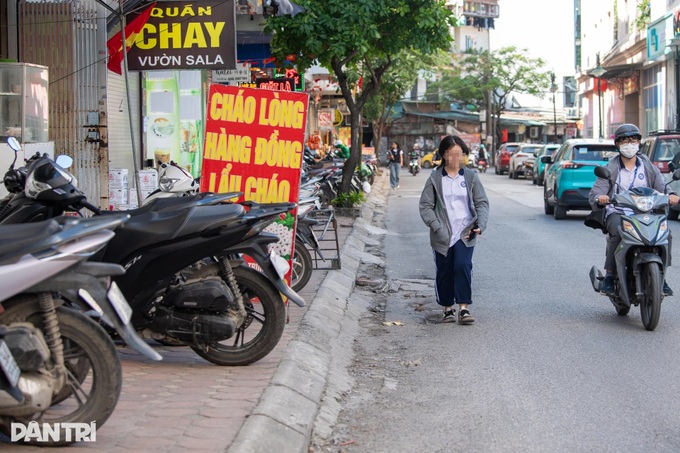
Tourists and residents are often pushed onto the road as pavements in inner-city areas are blocked by parked motorbikes.
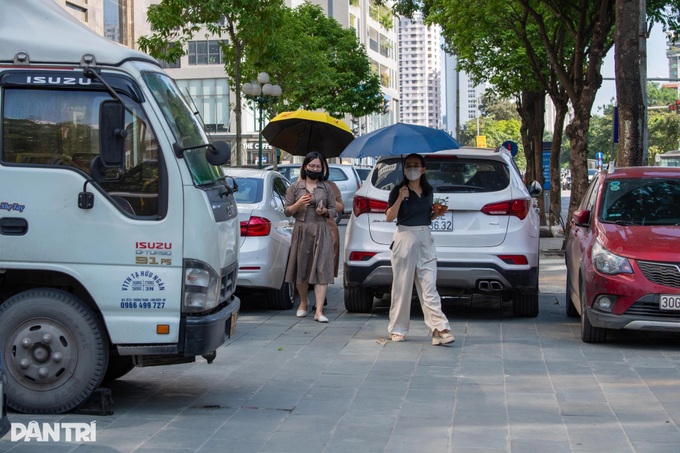
Cars are parked three abreast on Duy Tan Street, while pavements on Kim Nguu Street serve as flower stalls, and advertising boards on Nguyen Huu Tho Street jut into the roadway.
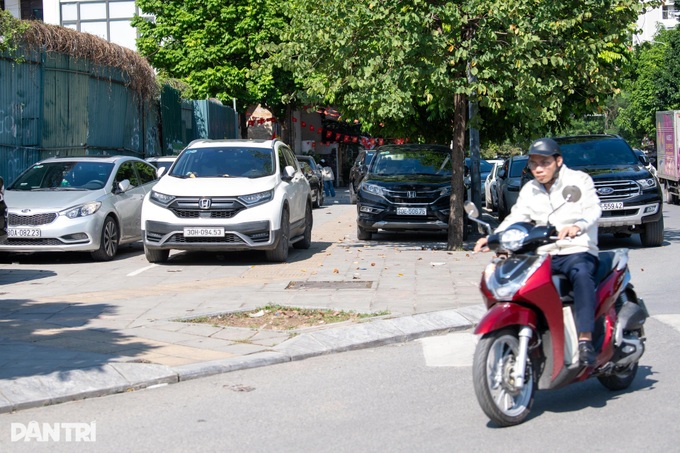
Illegal parking is common on Thanh Thai and Hoang Quan Chi streets near Cau Giay Park, where vehicles line up two or three deep.
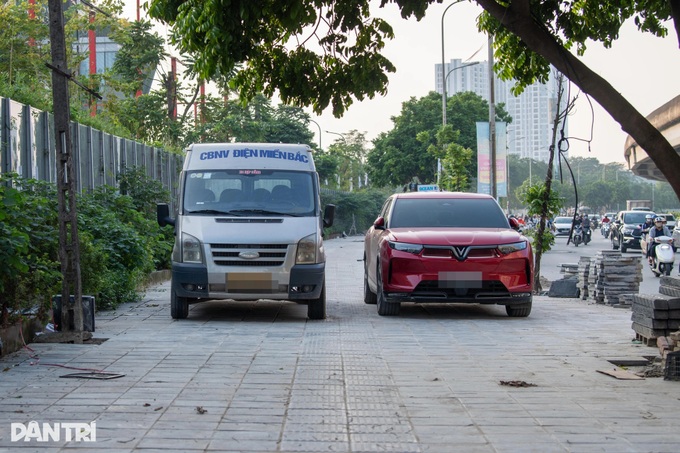
Even on sections of Nghiem Xuan Yem Street still under construction, cars continue to park illegally.
Despite multiple enforcement campaigns, violations remain widespread, and many argue current penalties are too low to deter pavement trading.
Under Vietnamese law, illegal street vendors face fines of VND 200,000 to VND 250,000 (USD 7.59 to USD 9.49). Displaying or producing goods on pavements carries fines of VND 3 million to VND 5 million for individuals, and VND 6 million to VND 10 million for organisations. Using pavements or roadways without a permit carries penalties of VND 10 million to VND 15 million for individuals, and VND 20 million to VND 30 million for organisations.
